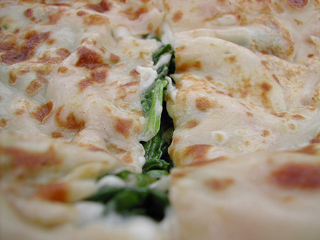
During this lesson, the class learned how to make spinach crepes. (Image courtesy of framboise on Flickr. CC BY-NC-SA.) In this lesson, you will learn:
How to prepare:
|
Lesson 7
Course Info
Instructors
Departments
As Taught In
Spring
2012
Level
Learning Resource Types
theaters
Lecture Videos
assignment
Activity Assignments
Instructor Insights








